Rite of Torpor
Life cannot be lived well in the endless night. Let our families wait for the sun's return, and let us face that which lurks in the dark.The Rite of Torpor is an annual ritual performed in the settlement of Aanngaavoq, located on an island a small way from the northern coast of Iskaldhal. The bounds of nations do not apply in these frozen lands. They are governed by survival, and survival alone. This drive to live has seen those of Aanngaavoq manage to utterly defy nature's challenges, though not without magical aid - such as with the Rite of Torpor. The Rite is plain in explanation: as its name may indicate, it places those that the ritual is performed upon into a state of torpor, inspired by the hibernation of various animals in the natural world. With the addition of magic, though, this state of suspended animation is somewhat more magical than a bear curling away in its den.
Those who are placed into ritualised torpor experience effects both physical and mental in nature, and only awake from torpor when the sun's rays touch them. For this reason, those taking part in the ritual are treated with a great gentleness both during the process and when they awaken.
Aanngaavoq usually places all non-essential citizens into torpor each year, with exceptions made for pregnancy due to unknown effects on the babe. Essential citizens that remain awake include the town's leadership, most of its mages, its builders, and almost all of its fighters. Guests are offered the choice if the town trusts them enough to do so, and are otherwise strongly advised to leave before winter draws its dark curtains.
A select number of each of the essential citizens are also placed into torpor as a safety measure. If winter were to wipe out those remaining active, then when the sun's rays woke the slumbering, they would still have those experienced with survival. They would still be able to call for help. They could continue to live.
Origins
Darkness makes every shadow seem a monster. The witches may terrorise the mainland, but here, they are the only angels we know.It should come as no surprise to those familiar with Iskaldhal that the Rite of Torpor was originally derived by a Witch-Tribe. In the late 3700s, a leystorm interrupted the travels of the Jakku, a tribe largely known to have settled in what would eventually become Durhaz Gn in the north-east of Kylmävikk Desert. The witches landed on Aanngaavoq's isle by pure chance in a last-ditch effort, as the last rays of sunlight disappeared to plunge the northern circle into near-permanent darkness.
The settlement, at that point barely a hamlet, offered what it could to the witches, but they had precious little as it was.
An idle comment from the mayor on how she wished they might be able to slumber like the animals through the worst of winter is said to have been the trigger that inspired the Rite's subsequent creation. Faced with slow suffering in darkness and cold without the supplies to reach home, and with the danger brought on by Iskaldhal's famed winters, the tribe developed the Rite out of brilliant desperation.
Recognising their own looming demise, and with a strong understanding of the danger the witches represented, the villagers agreed to follow their plans. The first few attempts were failures; one witch lost the ability to sleep, and one villager could no longer awaken, lost to a slumber as deep as death.
Then, as the winds of a winter storm brewed around the isle, they finally found success.
Those left awake weathered the winter together, praying the whole time that when the sun finally reached the northern isles once more, it would bring happiness. It was a harsh winter, Iskaldhal's grasp tighter than ever. Without the Rite, their supplies would have seen starvation even without the witches' unfortunate arrival.
When the sun came, they waited with bated breath - and cried out in joy when their loved ones and allies awoke. With what they could still spare, the settlement held a small celebration of their newfound survival. Now that the storms had passed, too, the Jakku could fetch more supplies.
In the aftermath, some of the Jakku remained in Aanngaavoq permanently, having bonded with the townsfolk during their time there. It is through these witches that the rite's power was handed down through the generations, and through their teachings that magic still lives on in the isle.
Ritual Preparations
The Solspire
A hall of mirrors, ready to capture the very first rays of sun...The Solspire is a later addition to Aanngaavoq and to the Rite's legend. In the earliest days, those placed into torpor were left in a communal bedroom and the villagers spent the earliest sunlit moments bringing their fellows to awake under dawn's touch. Two decades into the Rite's enduring help, though, the settlement realised it needed a better solution. The Solspire was thus built over the next few years under the supervision of Chief Nukkapiak, whose strong engineering background helped ensure its stability over time.
On the surface, the Solspire appears to be a stone turret. Within it, protected by the thick stone walls, is a conical spire of glass that contains a series of metallic mirrors designed to capture light and funnel it below into an underground chamber where those experiencing torpor lie.
When there is enough sunlight to light the mirrors, it reflects through the spire and into the chamber, awakening the slumbering villagers without any input needed from those left above. If disaster were to strike the settlement, the Solspire is reasonably protected to survive most potential threats and would thus awaken the sleeping to save the settlement.
Prior to the establishment of the Solspire, Aanngaavoq relied on its meagre trade routes to local settlements, such as to the Elsrei of Jäätta, to serve as alarms in case the waking population had all fallen and the sun could not reach those left asleep.
If no word was heard by midsummer, the Jakku were to be informed so that they could investigate.
Sun's Farewell
One last celebration to bid farewell to the light, and then - rest.
Predicting when the sun shall shine its last is easy enough, and as such, the settlement knows roughly when to prepare for each year. As the sun no longer shines directly on them and fades into dwindling twilight along the edges of the horizon, the people of Aanngaavoq throw a celebration as the Rite is prepared.
Anything that would expire with the majority of the populace asleep, such as quantities of goat milk too great for the remaining few, is consumed in a town-wide festival wherein candles are lit, music is played, and those staying awake are given reason after reason to stay strong through winter's darkness.
The Rite's casters cannot stay for long in the festivities, but all except the lead caster make an effort to enjoy the fun for at least some time before duty calls. Meanwhile, in the Solspire, the lead caster spends hours in silent attunement with the natural world. Through this, they may draw on additional ley strength for the Rite, imbuing it with strength beyond their own.
Torpor's Toll
Those Left Awake
We remember the days spent in torpor well enough. I'm glad to not experience them again.
The days of winter are not dull with the absence of those left to rest, but they are, at times, lonely. Many families are split during the darkness, and not all handle the absence well. It's not uncommon for those awake to spend time in the Solspire watching over their sleeping friends and family.
Not all manage to endure the solitude and darkness. Some spiral into deep depressions and find it a struggle to endure without their loved ones, requiring intervention from their fellows. In the harsher cases, the Rite is performed again - if belated, and with less power - for these individuals to keep them safe until the settlement returns to its fully active state and they may better find treatments.
In the very worst cases, where psychosis or other similarly harmful behaviour takes hold of an individual, more swift, final judgments have been necessary.
Yet it is not only those awake who struggle. Torpor is not as peaceful as dreaming.
Sleeping Beauties
Slumber is when our bodies repair themselves, but torpor... it is something different again.Those at rest do not experience the waking world during their pseudo-slumber. They react to touch with physical response, but no mental faculties seem to be present. In the rare occasions where someone in torpor is attacked, their body seems to defend itself like an animal might, with none of the individual's mind behind their response - meaning they are far more dangerous than they otherwise might be. This is, of course, because their minds are not necessarily with their bodies in the standard manner.
When one dreams, one makes a connection to the Dimension of Dreams and experiences dreaming in a transient, brief nature. When one is in torpor, the connection is somewhat different. Usually, those in torpor experience a strengthened dreamscape that maintains a sense of consistency not unlike reality, far beyond what normal dreaming brings.
Sometimes the physical proximity to others can create merged dreamscapes with increasingly intricate lore, occasionally so powerful in their consistency that these 'dream-bubbles' maintain themselves over the course of years and resume each time the dreamers enter torpor.
Sometimes, though, it is not the Dimension of Dreams that captures the sleeping minds. Sometimes their consciousnesses meander to other realms. The Ethereal Plane is perhaps the safest of these, despite being a realm of the dead, as it is simply overlaid onto reality with few harmful ghosts haunting the isle.
This article uses Inuit language as a linguistic reference point. The traditions and culture depicted therein are intentionally not a reflection of real-world Inuit culture or tradition.
Primary Related Location
Similarities
Rituals invoking sleep and dreams are commonplace among Istralar's more powerful folk. The boundary to the Dimension of Dreams seems oddly thin in some parts of the world, and dreams provide access to an utter wellspring of power. The Rite of Torpor is one of many sleep-related rituals, and perhaps one of the kinder ones. Theories that the Rite is linked to psychic magic are, as of 5627EA, unsubstantiated. There must be more than dreams as a common connection to give weight to any theory.Crafting the Long Sleep
No rite is without recipe.The exact details of the Rite of Torpor are a well-kept secret among the population of Aanngaavoq and their allies among the Jakku. What is known is that it requires each participant to consume a strange potion crafted from local ingredients. The potion's ingredients are gathered by the settlement's inhabitants each year during the days of endless light, and are carefully prepared by the Rite's casters each year once harvested. The known ingredients include salt distilled from seawater, wild grasses, seal skin, human hair, seabird feathers, blood from a slumbering person, and ashes of something burnt - preferably by intensified sunlight. As the Rite was developed in haste using only what the original casters could find in the environment, it is thankfully relatively easy to gather everything necessary. The Rite's casters are trained from a young age in the preparation of the Rite. Usually female to follow in long-standing witch tradition (but not exclusively by any means), they spend their teenage years following their elders and learning the intricacies of the Rite long before they will ever need to perform it themselves. In case of disaster, the settlement's mayor is also educated in the Rite, and it is fully documented in a book sealed somewhere beneath the Solspire in a chest sealed by a Jakku matriarch.
Lost Dreams
We pay high tolls for our gift. Would you rather the chance of survival it grants, or the certainty of death?Bizarre dreams are not the only worry the dreaming must consider. When the sun finally brings its light back to Aanngaavoq, the first conversation held among the waking is what they dreamed of, precisely because of the issues some face. Concerningly, though, each year there is always at least one individual who wakes up with no sense of what was lost. Every other person remembers their dreams, at least for a time - they are ever more vivid than the usual, and cling to memory far better than standard dreams. Someone who loses their dreams, though, is someone to be concerned for. It is never certain what happened to these individuals over the course of their time in torpor, but as spring becomes summer, there are always marked changes in their behaviour with little explanation. This can manifest in many forms: unusual fears, extreme personality shifts, new skills, or even physical changes. The best-case scenario, seen twice throughout the centuries, is that they encountered a benevolent entity in their dreaming who wished to seek them out in the waking world without prejudice. In the two cases this has occurred, the dream-meeting was intentionally suppressed by both parties to avoid bias. The worst-case scenario is that the newly awakened now walks with a death sentence hanging above their head, unbeknownst to them. They are often victims of fey or worse, marked so that their hunter can find them when they wake. Rarely, the town is able to shield these individuals and slay their attackers, usually with the help of the Jakku. Far more commonly, the one unknowingly cursed simply disappears.


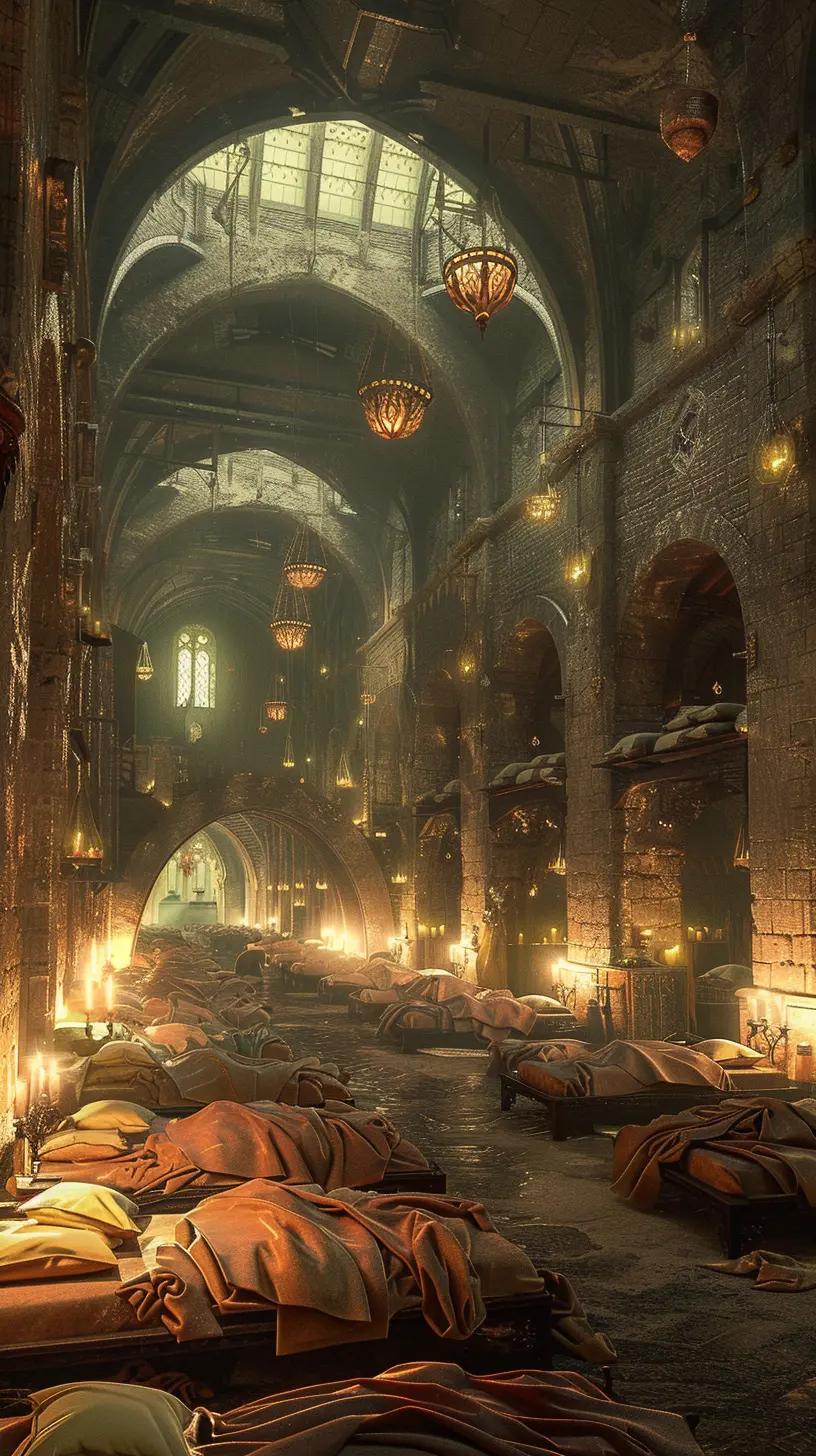
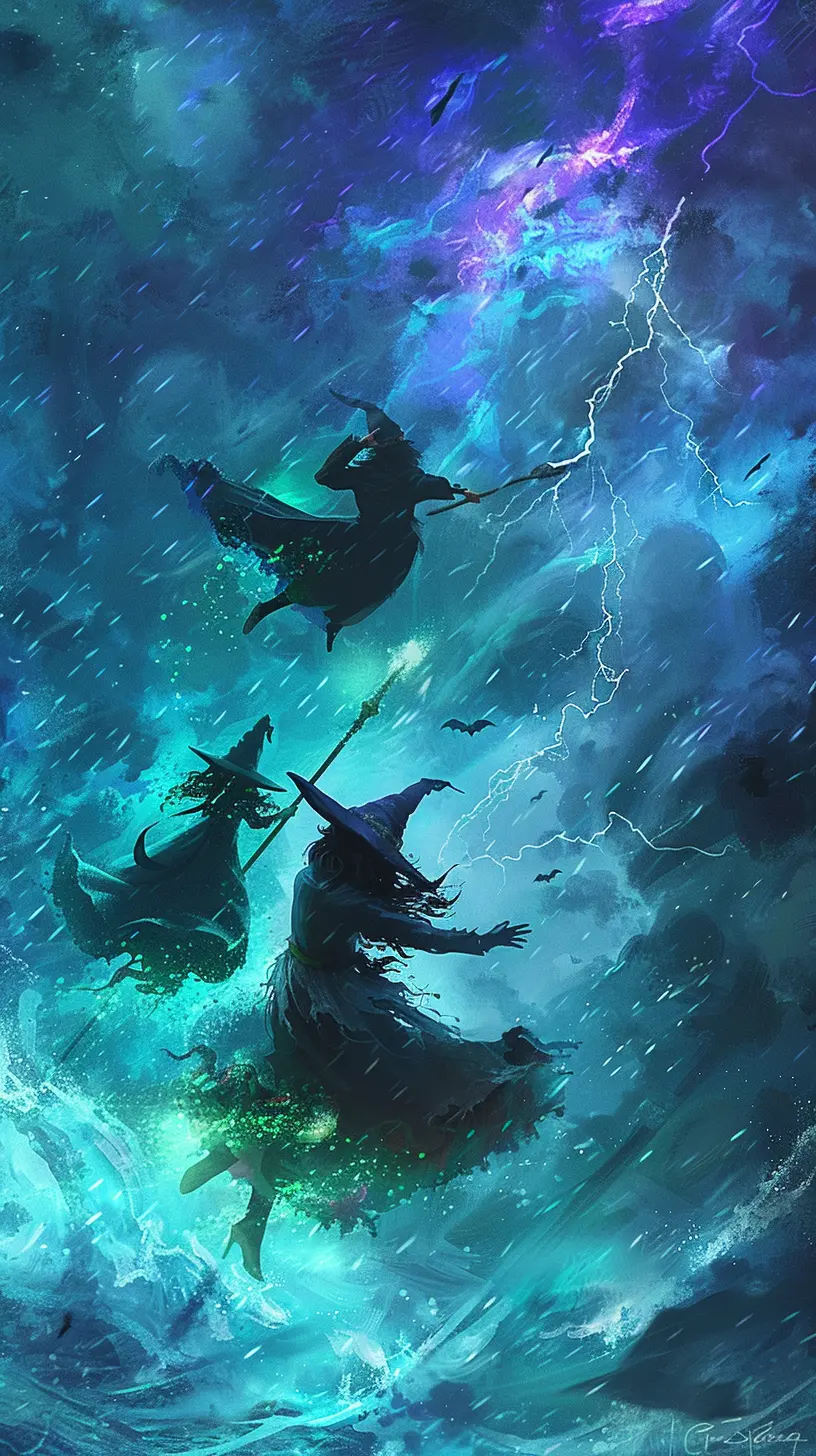




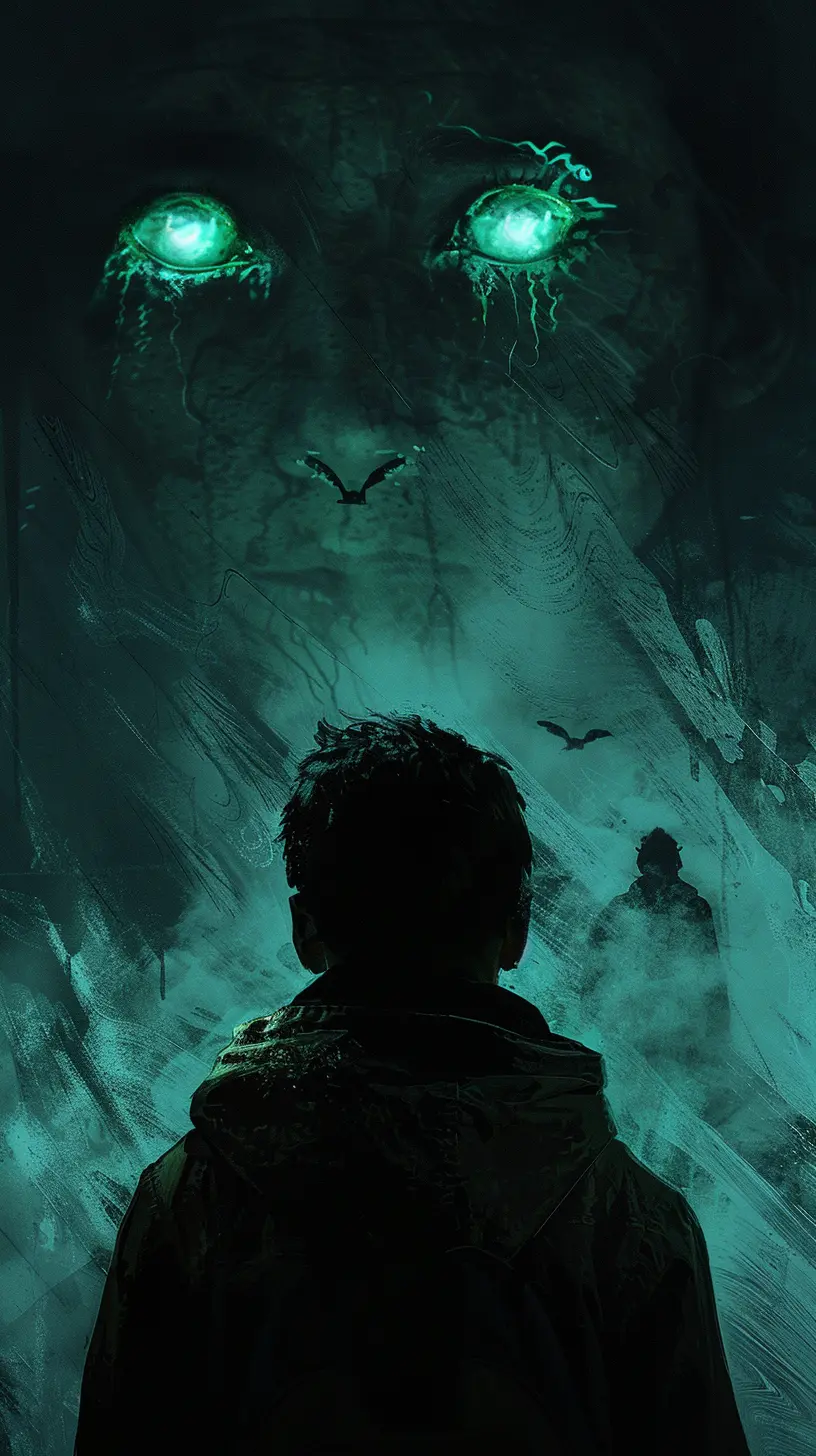
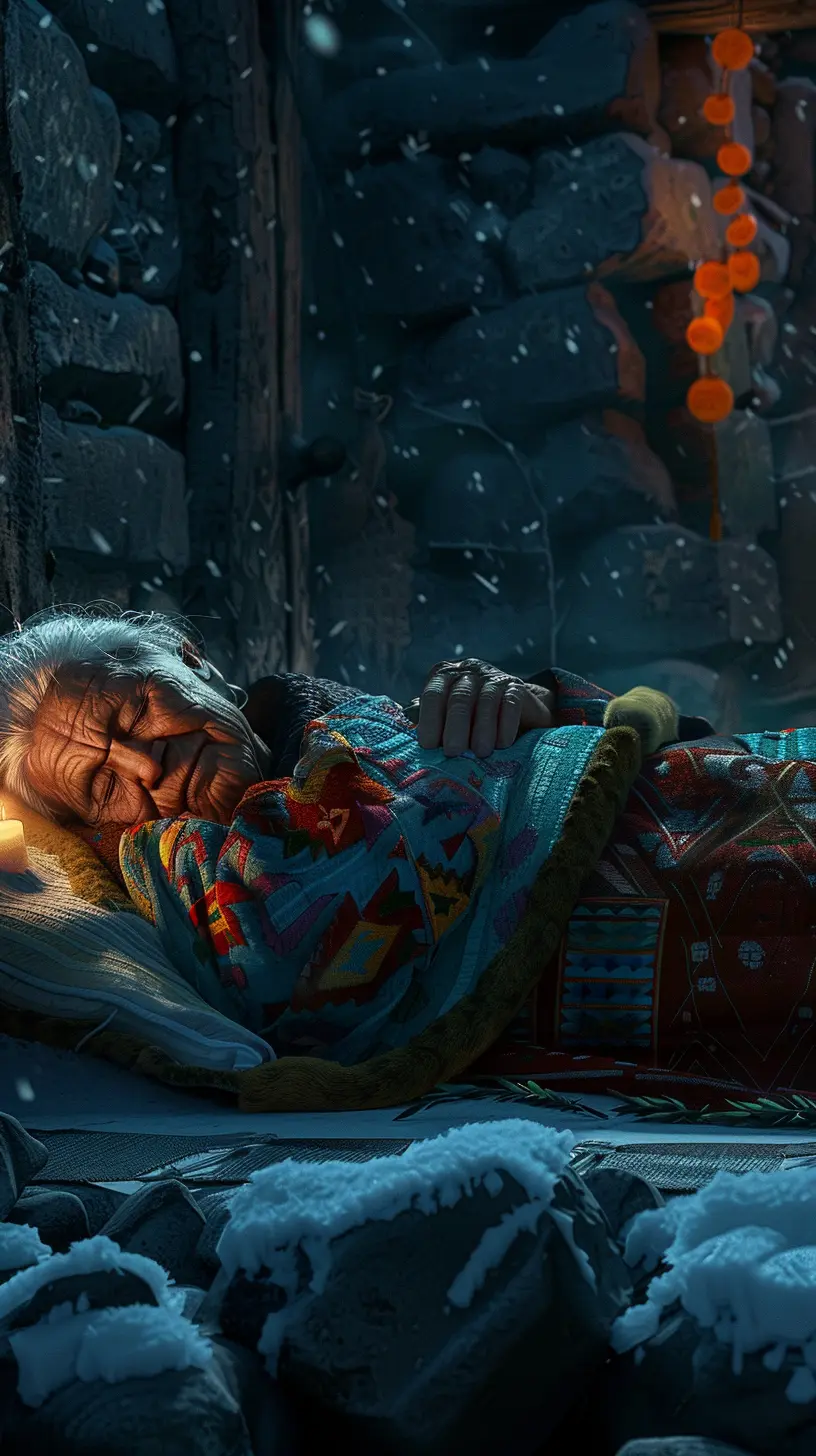
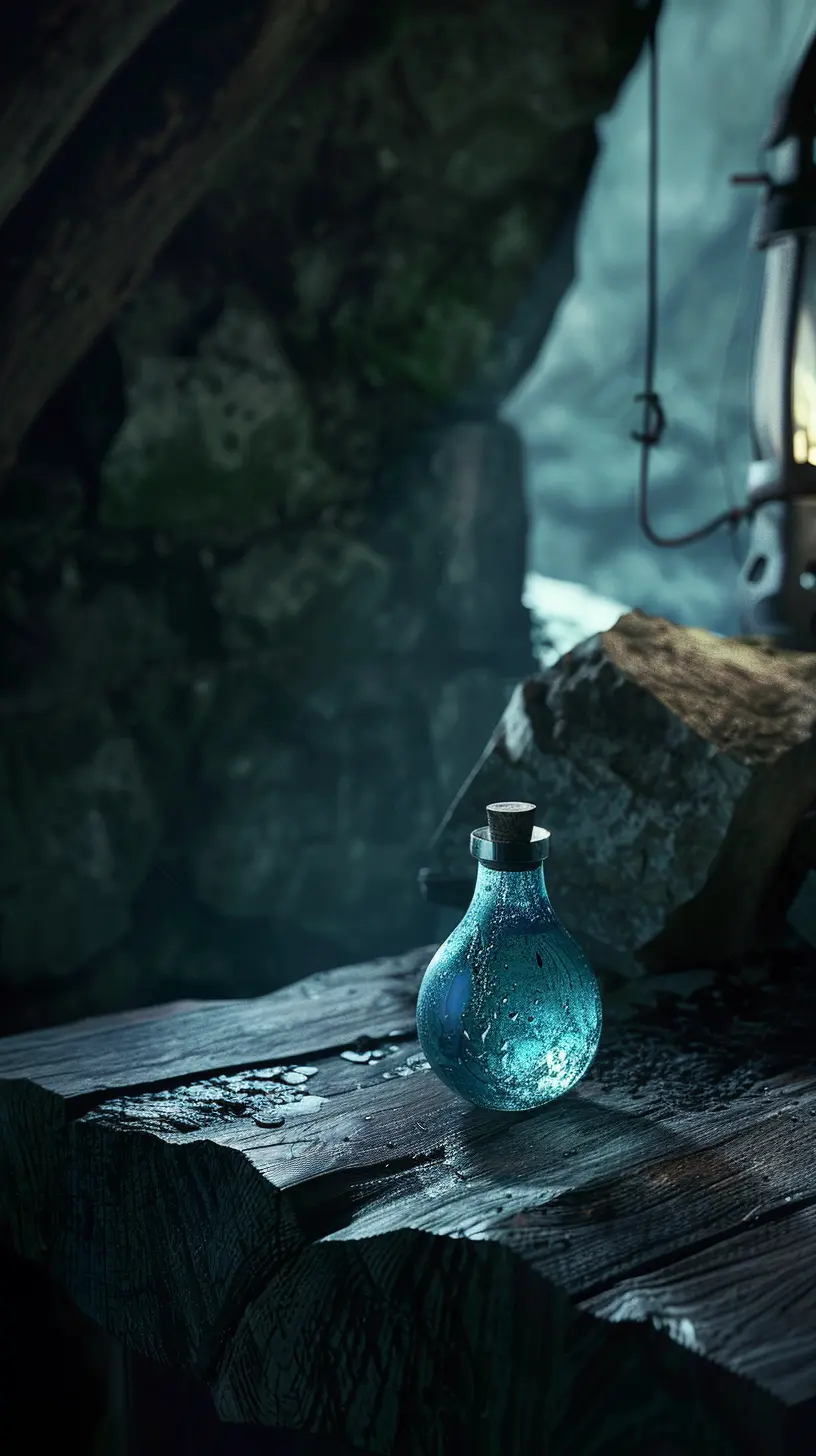

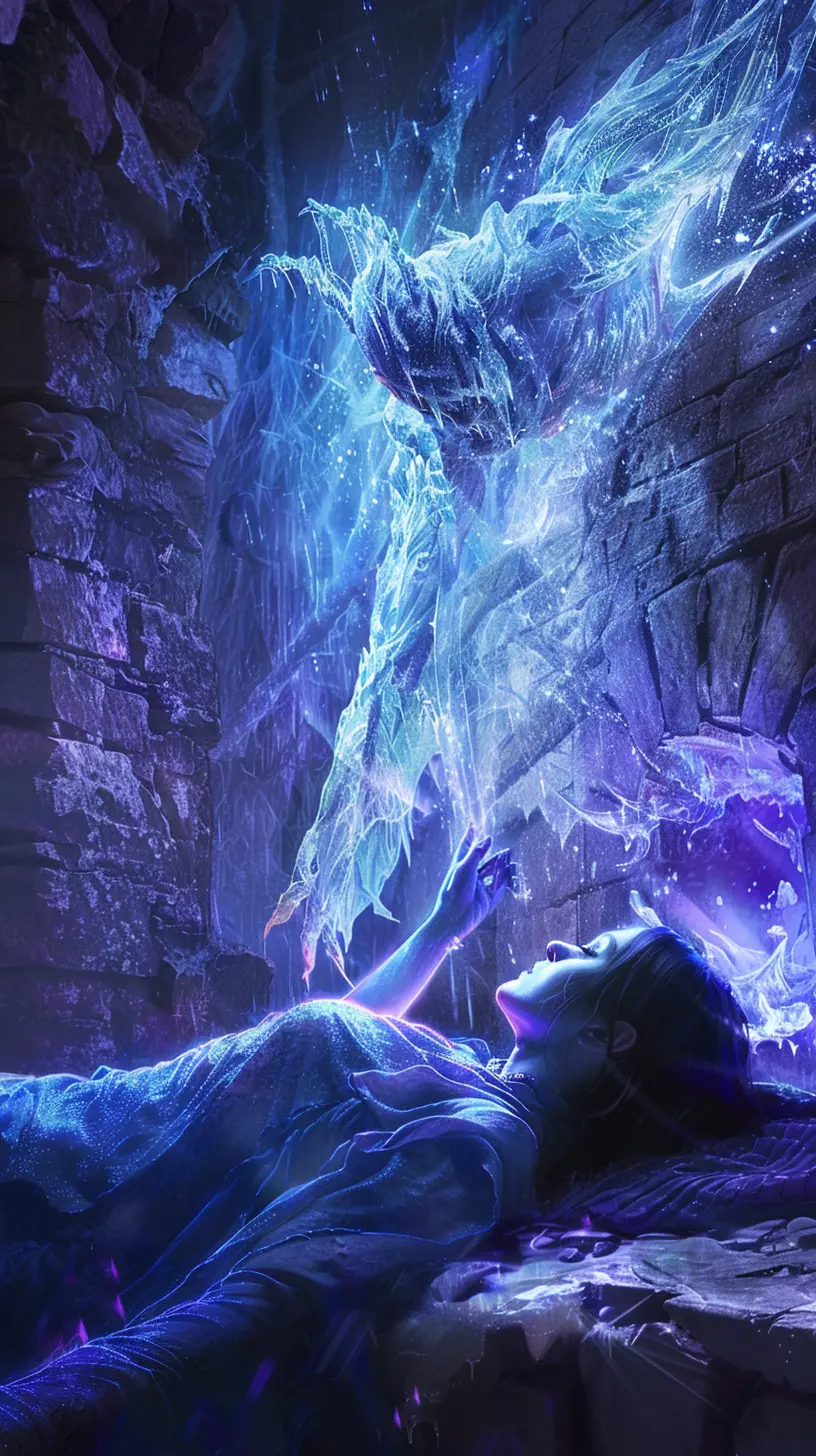





I love the hint of danger there is to this, even though it is really rather neceassary for survival. Beautiful article.
Explore Etrea | WorldEmber 2025